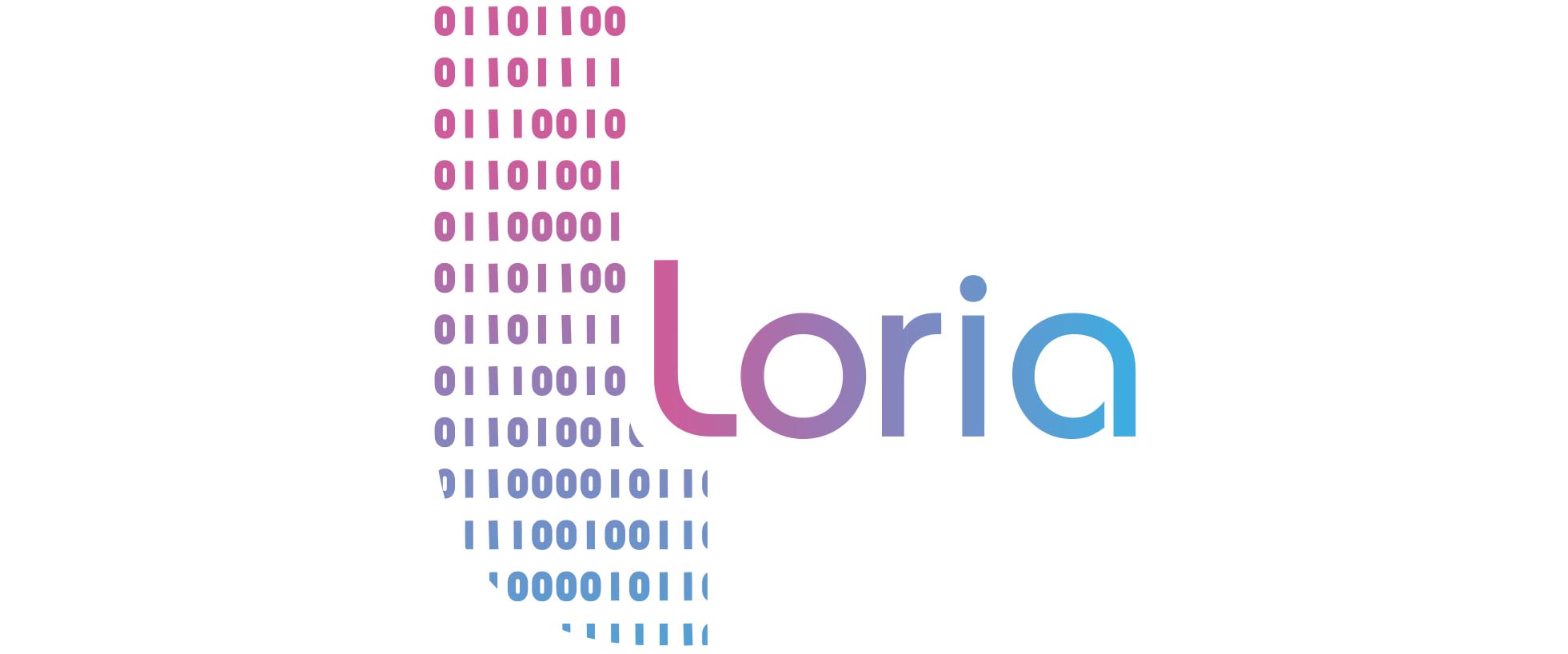Context
High fidelity simulations of the human physiology require complex biomechanical models. Such models need also to be adaptable to account for patient’s specificities. They can be used in various medical contexts, e.g., reducing motion artifacts in positron emission tomography and cone-beam computed tomography to improve the image quantification, accurate dose calculation in radiotherapy treatment planning, and high fidelity computer-based training simulators. The calibration and parametrization of the models are, therefore, critical to preserve realism and numerical accuracy. For training simulators, parameters are, however, often manually tuned using trial and error. This task is time consuming and it is not possible to ascertain that the results are optimal. We will consider patient specific respiration modeling with the organ deformations. For each patient, parameters need to be finely tuned. Our approach makes use of an ad hoc evolutionary algorithm.Our objective is to propose a fully automatic and adaptive methodology that leads to significantly better tuning.
Collaborations
This work has been done in collaboration with Franck P. Vidal from the School of Computer Science, Bangor University (UK) and Evelyn Lutton from the MIA department of INRA, INRA-AgroParisTech UMR GMPA, MALICES team, Thiverval-Grignon, France.
Results
Artificial evolution strategy efficiency has been validated using five datasets of real patients (that is, 23 different optimization problems in total). The advantage of artificial evolution over the downhill simplex, the conjugate gradient descent, the purely random search, and a black box basic real-valued GA has also been demonstrated. Results obtained using our artificial evolution framework were both more accurate and more stable [1].
We also demonstrated that this compound fitness function effectively takes into account various properties of the model, e.g., minimizing several error values for the liver and the diaphragm. The approach can be generalized to other models when gold truth is available and the discrepancies between the model outputs and gold truth can be numerically assessed[2, 3].
 |
 |
 |



